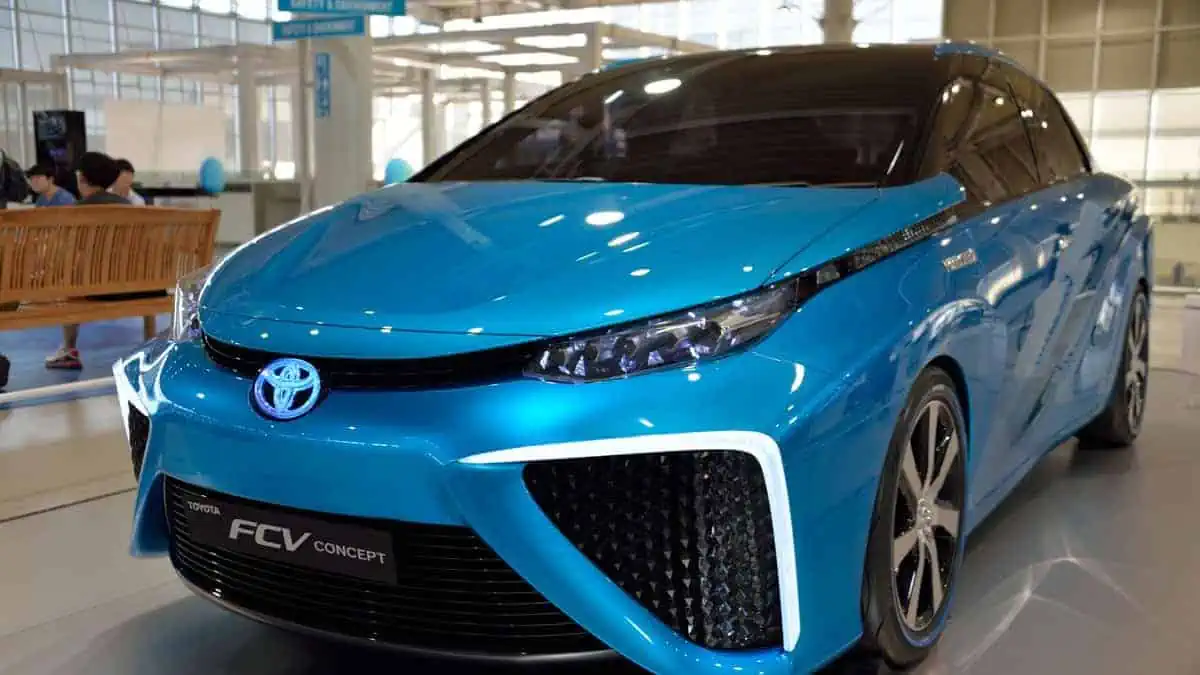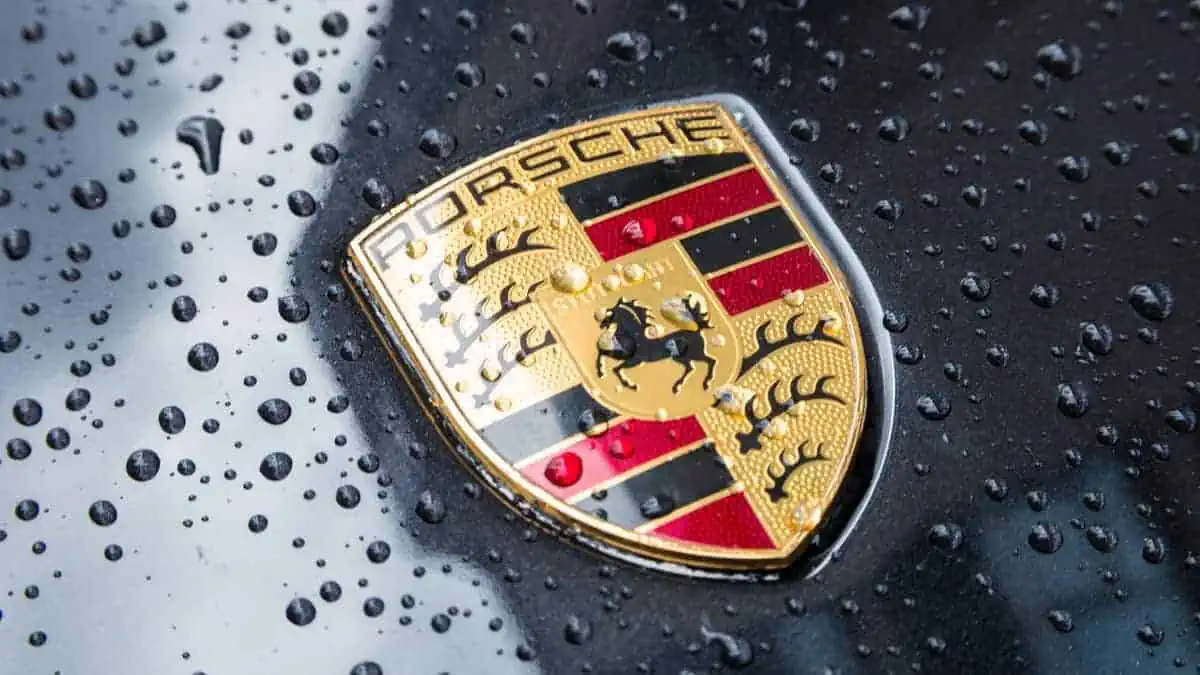Toyota is looking to expand even further into hydrogen technology.
According to International Energy Agency, CO2 emissions from aviation, shipping, and the road subsector, which make up about 75% of today’s transportation demand and emissions, have risen quickly over the past 20 years. However, with the COVID-19 pandemic, CO2 emissions from the global transport sector fell by over 10% in 2020.
Now that restrictions are lifted, and the situation is gradually going back to normal, the transport sector is expected to increase again.
To reduce CO2 emissions, governments worldwide are urging the use of electric vehicles. This signaled automakers to diversify their portfolio to adapt to the electric transition.
While many automakers are investing in electric vehicles, well-known Japanese automaker Toyota is looking to expand into hydrogen technology further.
In a report by Nasdaq citing CNBC, Toyota has partnered with three companies to create and manufacture hydrogen transportation options in Europe.
TOYOTA’S HYDROGEN TECHNOLOGY
Toyota is known to have used hydrogen in the past. Last 2014, the automaker launched the Mirai, a hydrogen fuel cell sedan.
In May, Toyota Motor Europe (TME) partnered with CaetanoBus and Air Liquide to develop hydrogen-based transport options.
The companies will focus on several things related to hydrogens, such as infrastructure for distribution and refueling. They will also make hydrogen from renewable and low-carbon sources and use it in various vehicles.
The automaker stated that its initial focus will be on “buses, light commercial vehicles and cars, with a further aim to accelerate the heavy-duty truck segment.”
Toyota’s development of fuel-cell vehicles traces back to 1992. In these cars, hydrogen from a tank mixes with oxygen to make electricity.
HOW DOES A HYDROGEN FUEL CELL WORK?
According to Drive Clean, Fuel Cell cars also run on electricity. Still, it runs a bit differently than battery-powered or plug-in hybrids.
In a fuel cell, hydrogen reacts electrochemically to make electricity that powers the car.
“Fuel cell cars are powered by compressed hydrogen gas that feeds into an onboard fuel cell “stack” that doesn’t burn the gas, but instead transforms the fuel’s chemical energy into electrical energy. This electricity then powers the car’s electric motors.” Drive Clean explained.
As electric vehicles, fuel cell cars are also quiet and efficient, and most importantly, they produce zero emissions.






